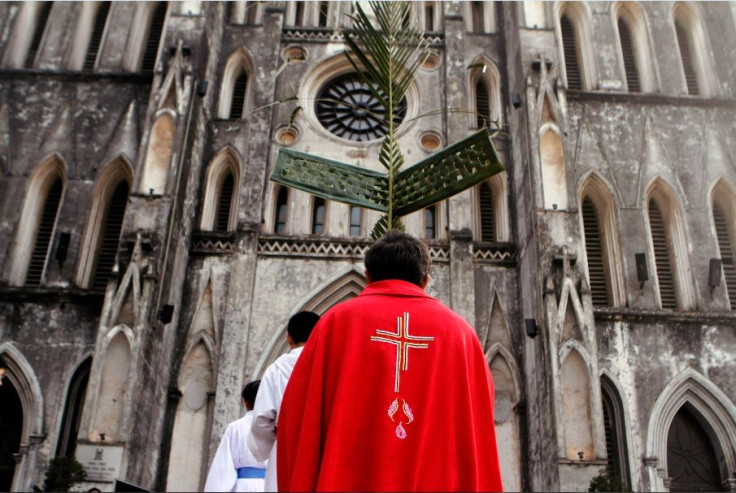St. Joseph’s Day 2015: 10 Facts, History And Traditions For San Giuseppe

Whether it’s called St. Joseph’s Day, The Feast of St. Joseph or La Festa di San Giuseppe, the March 19 holiday is dedicated to the husband of the Virgin Mary. To celebrate the feast, which is usually held two days after St. Patrick’s Day, check out some facts gathered from Fisheaters.com and The Times-Picayune.
1. St. Joseph’s Day is widely celebrated by Catholics in the Italian community.
2. St. Joseph is the patron saint of Sicily.
3. The altar, also known as “St. Joseph’s Table” or “la tavola di San Giuseppe,” is an important part of the ceremony. People decorate it with flowers, candles, wine and some “lucky” foods.
4. Fava beans are supposedly “lucky” since they survived during a draught in Italy during the Middle Ages when nothing else did. St. Joseph, through God, saved worshipers from the draught, some believe.
5. Lemons are also thought to be good luck on this day. A side fact: If a woman looking to get married steals a lemon from the altar, it will help her find a husband.
6. Breadcrumbs are usually incorporated into dishes. They represent sawdust, which commemorates Joseph’s job as a carpenter. They could also represent the dry earth during the draught.
7. Meat is usually left off the altar since St. Joseph’s Day takes place during lent. Instead, believers feast on fish and other seafood.
8. St Joseph’s Day is arguably best known for its pastries, with sfinge (cream puffs) and zeppole (doughnuts) being the most popular.
9. While Irish Americans wear green on St. Patrick’s Day, it’s tradition to wear red on St. Joseph’s Day.
10. St. Joseph’s Day is largely celebrated in New Orleans, which was a popular port among Sicilian immigrants in the 19th century. The French Quarter has even garnered the nickname “Little Palermo.”
Click here to read St. Joseph’s Day quotes.
Click here for an easy recipe on how to make St. Joseph’s Day recipes.
Follow me on Twitter @mariamzzarella
© Copyright IBTimes 2024. All rights reserved.






















